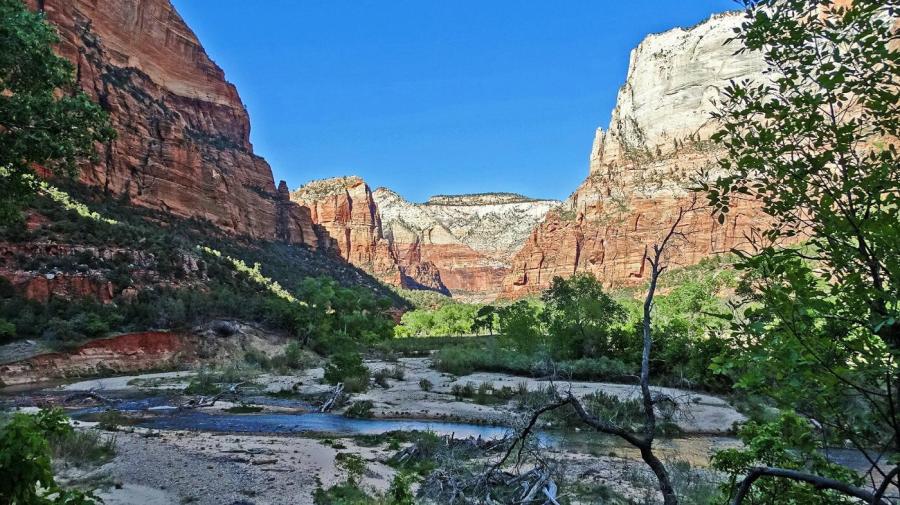How Is a Plateau Formed?

A plateau is formed by a process of geological uplift, either due to the collision of continental plates, pressure from magma below or the burial of land by volcanic lava and ash flows, resulting in a high, flat surface. These are very similar to processes that give rise to mountains and mountain ranges. The only major difference is that a plateau is flat while mountains are peaked.
Plateaus are found all over the world. The Colorado plateau in the United States is an example of a plateau formed by volcanic activity. These plateaus show a great abundance of volcanic rocks and other telltale signs. The other two types only have the marks of the terrain before they were uplifted.
One of these is the Ethiopian Plateau in Africa, which was created by magma uplift. This plateau and other similar plateaus often do not show any signs of volcanism, as these signs only occur when magma actually breaks through.
The last type, and the one with the greatest potential elevation, is the crustal collision type. One well-known example of this is the Tibetan plateau. This plateau, and others like it, can be so high that they are forbidding for many forms of life, with thin air and cold temperatures.





